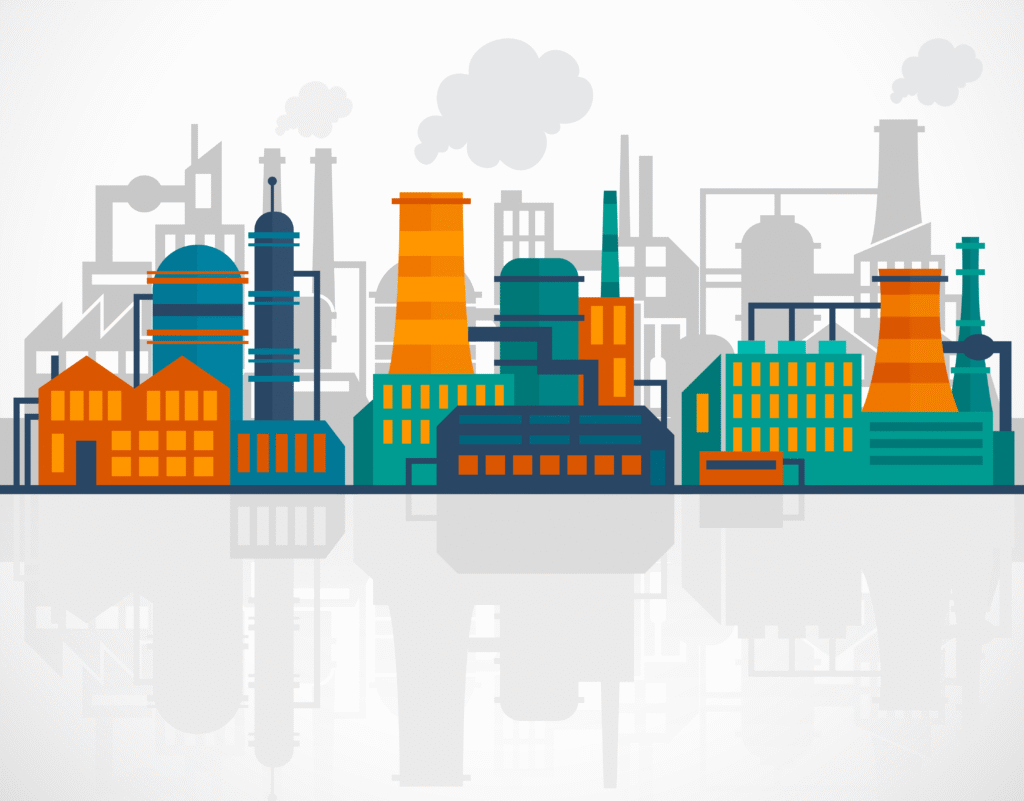Understanding AI Agents: The Four Evolutionary Stages from Chatbots to Digital Workforce
Artificial intelligence is rapidly evolving from simple support tools into fully autonomous systems that are transforming the way businesses operate. At the heart of this shift are AI agents—autonomous software entities capable of reasoning, planning, and executing tasks with increasing independence.
Recent research identifies four evolutionary stages in the development of these systems: Chatbots, Assistants, Digital Labor, and Digital Workforce. Each stage builds on the previous one, expanding autonomy, sophistication, and impact on business outcomes. Understanding this evolution is critical for leaders who want to position their organizations for long-term success in the age of intelligent automation.
Stage One: Chatbots – Enhancing Productivity
Overview
The earliest form of AI agents, chatbots, are reactive systems designed to engage with users in natural language. Deployed across websites, apps, and service platforms, their purpose is to answer queries, provide guidance, and streamline simple tasks.
Key Characteristics
- Reactive: Respond to prompts rather than initiating tasks.
- Rule-based or LLM-powered: Depending on design, chatbots use pre-programmed scripts or advanced natural language models.
- Single-purpose: Typically limited to FAQs, simple transactions, or conversational support.
Business Impact
- Productivity Boosts (15–35%): Automates repetitive interactions like customer inquiries and internal help desk requests.
- Cost Efficiency: Reduces demand on human agents, freeing them for higher-value work.
- Customer Experience: Provides 24/7 availability and faster resolution of common issues.
Limitations
Chatbots lack true autonomy. They cannot plan, prioritize, or act outside their scripted or trained scope, which makes them stepping stones rather than destinations.
Stage Two: Assistants – Orchestrating Workflows
Overview
Moving beyond reactive responses, AI assistants act as semi-autonomous planners. They manage workflows, integrate with business applications, and help employees complete multi-step tasks.
Key Characteristics
- Proactive: Can suggest next steps and anticipate needs.
- Multi-step Reasoning: Coordinate across applications to manage tasks like scheduling, report generation, or data entry.
- Context-Aware: Retain memory of prior interactions for more coherent support.
Business Impact
- Workflow Automation (30–60%): Handles tasks like meeting coordination, CRM updates, and email drafting.
- Time Savings: Reduces administrative burdens for knowledge workers.
- Decision Support: Provides recommendations and analysis to guide human decision-making.
Limitations
Assistants remain tethered to human oversight. While they reduce friction and improve efficiency, they cannot yet manage complex processes independently.
Stage Three: Digital Labor – End-to-End Automation
Overview
The third stage, digital labor, represents a significant leap. These agents operate as independent digital employees, capable of managing entire workflows with minimal supervision. Unlike assistants, digital labor can perform multi-system processes from start to finish.
Key Characteristics
- Autonomous Execution: Completes tasks without human intervention once rules are set.
- Cross-System Integration: Operates across ERPs, CRMs, and other enterprise applications.
- Scalable Workforce: Multiple digital labor agents can work in parallel, mirroring human teams.
Business Impact
- Automation (70–90%): End-to-end handling of repetitive processes such as invoicing, procurement, or claims processing.
- Cost Reductions (up to 40%): Replaces high-volume, low-value human labor with efficient digital execution.
- Accuracy and Compliance: Reduces human error and ensures standardized processes.
Limitations
While highly capable, digital labor agents still require governance and oversight frameworks to ensure alignment with business goals and regulatory standards.
Stage Four: Digital Workforce – Collaborative Swarms
Overview
The most advanced stage, the digital workforce, envisions swarms of AI agents collaborating to function as fully autonomous business units. These agents coordinate with each other and with human colleagues, adapting dynamically to organizational needs.
Key Characteristics
- Collaborative Intelligence: Agents communicate and delegate tasks to optimize outcomes.
- Adaptive Autonomy: Systems can reprioritize and reallocate resources in real time.
- Unit-Level Functionality: Operates entire departments, such as finance, customer service, or marketing.
Business Impact
- Enterprise Transformation: Businesses can scale operations rapidly without proportional increases in headcount.
- New Operating Models: Enables SMBs to perform at enterprise scale, and enterprises to achieve unprecedented agility.
- Innovation Capacity: Frees human talent to focus on creativity, strategy, and customer engagement.
Limitations
The digital workforce requires advanced governance, robust ethical frameworks, and trust-building measures to ensure human oversight and societal acceptance.
Why This Evolution Matters
The progression from chatbots to digital workforce is more than a technological roadmap—it’s a strategic framework for competitive advantage. Each stage offers incremental value, but together they represent a radical reimagining of business operations.
Key Takeaways for Business Leaders:
- Start Small, Scale Fast: Early adoption of chatbots and assistants builds familiarity with AI agents.
- Invest in Governance: Establish compliance, oversight, and ethical frameworks before scaling digital labor or workforce.
- Prioritize High-Value Workflows: Target processes with measurable ROI for automation.
- Prepare for Cultural Shifts: Human teams must adapt to working alongside digital counterparts.
- Think Strategically: The digital workforce is not just about efficiency; it’s about creating new business models.
The Path Forward
Organizations that embrace the agentic evolution will be positioned to thrive in the agentic economy. Those who hesitate risk being outpaced by competitors that can scale faster, operate leaner, and deliver superior customer experiences.
The message is clear: AI agents are not a passing trend. They are the new infrastructure of business. Leaders who understand and harness the four stages—Chatbots, Assistants, Digital Labor, and Digital Workforce—will define the future of work.
Conclusion
From simple chatbots answering FAQs to digital workforces running entire business functions, the trajectory of AI agents is unmistakable. Each stage delivers greater autonomy and deeper business impact, culminating in a future where humans and intelligent agents work side by side to drive innovation and growth.
The opportunity is here. The paradigm shift is underway. The organizations that embrace agentic AI today will not only increase efficiency but also unlock new frontiers of competitive advantage tomorrow.

